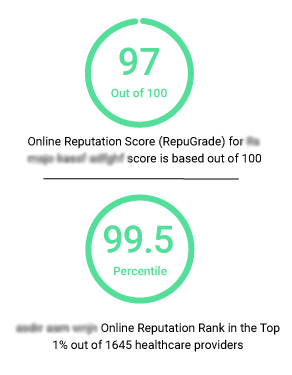How Web Design Has Evolved Over Time [Infographic]

During the past quarter century web design has gone through a steady evolution. As with many other industries, trends have come and gone while change has remained the only constant in the web design business.
If you want to take a lookback on how web design has changed and grown in these years, don't worry! The good folks at AmeriCommerce have put up a beautiful infographics that entails almost every single detail. Here are some major highlights in the history of web design.

Early Websites
The World Wide Web began taking shape in the early nineties. At first the web was a vast sea of text files. HTML has been around since 1990. Yahoo was an early search engine when it made its debut in 1993. That was the year that images began to be supported by the top browsers such as Mosaic. In 1994 the W3C was established to bring consistency to the web.
The Internet Revolution of the 90s
By the mid nineties the internet was becoming widely embraced. It was around this period that many businesses decided they needed a website. At that point web safe colors had grown from 16 to 256 selections. But these colors were often too bright looking. In 1996 over 90 percent of surfers used Netscape Navigator 3 to explore the web.
Powerful Web Tools
Personal Home Page (PHP) was introduced in 1995 to make guest books and web forms possible through dynamic web pages. Some of the most attention getting developments of the period were Macromedia Shockwave, Flash and Javascript, all of which helped usher in a new era of web interactivity.
The introduction of Cascading Style Sheets (CSS) revolutionized layouts and the web design process. It allowed you to make mass changes to a website appearance quickly. The combination of CSS and HTML 4 in 1997 shaped web design for many years.
Broadband Expands Internet Possibilities
Due to widespread adoption of broadband internet starting in 2004, new design trends emerged to reflect how multimedia was becoming a growing part of the web. The birth of YouTube in 2005 put heavy emphasis on video for many web designers since it was free hosting and an easier way to convey information than through text. The rise of social networks also led to many sites integrating with social media pages.
Related Posts
Comments are closed


